How to plant dill?
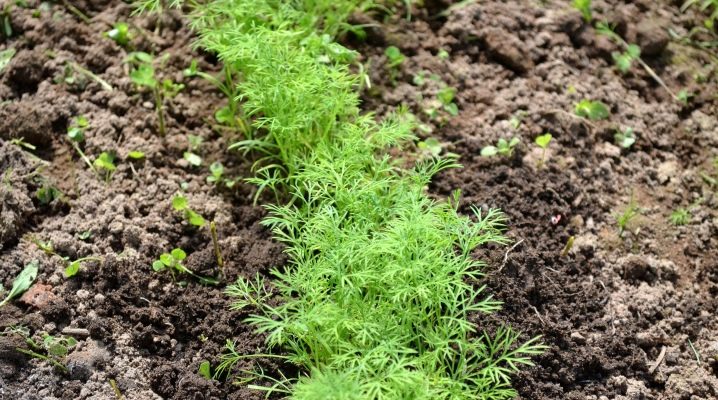
Dill is a crop that is easy to grow, and therefore it is not surprising that it can be found in every second vegetable garden. But, in order to regularly enjoy a bountiful harvest with the highest taste characteristics, you still have to make some efforts.
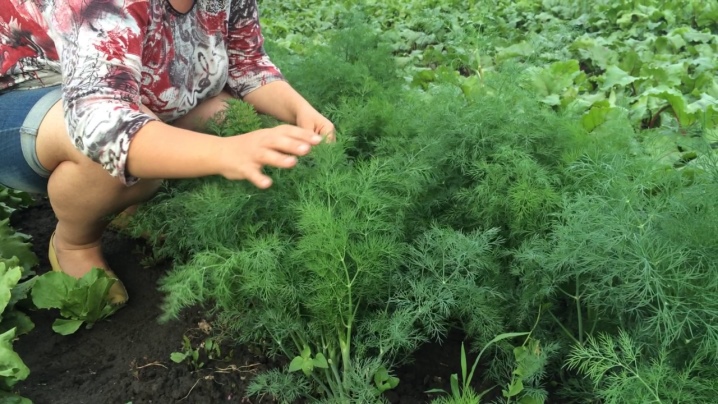
Timing
It is customary to plant dill in open ground several times a year. The first time the procedure is carried out in the midst of spring after the completion of the melting snow. The exact number is determined depending on the climatic characteristics of the region - usually this falls in mid-April or even in the middle of the next month. The daylight hours required for dill should be at least 12 hours, which, however, corresponds to both April and May. For the germination of grains, the soil must warm up to 3-5 degrees Celsius. In principle, the culture is able to withstand light frosts with a cold snap to -5 degrees, but if there is a threat of a return of cold weather, then it is better to postpone the disembarkation to a later date.
If dill is planned to be sown for seedlings, then this can be done from the end of March. The exact date is determined depending on the climate - it is important that the direct transfer to the ground is carried out while there is still moisture in the ground, and the culture itself has at least 30-35 days for growth and development.
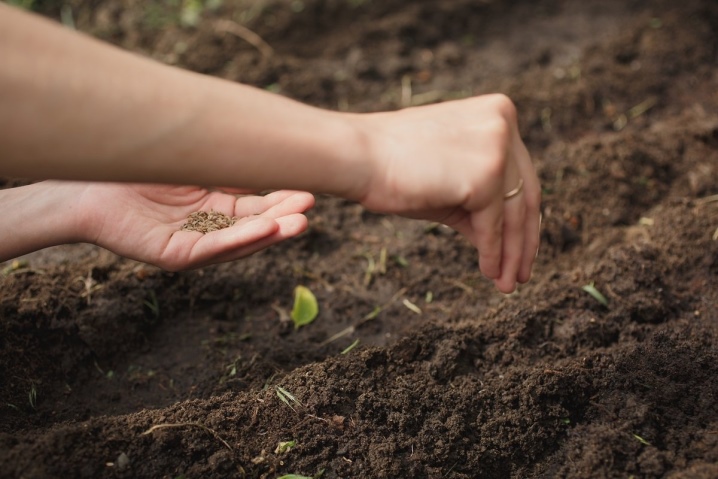
It is customary to plant dill the second time in the summer. In fact, this can be done several times during the warm season - in June, late July or mid-August, but with the obligatory maintenance of an interval of 15-20 days between plantings. Sowing dill before winter occurs from late October to early November, necessarily before the start of frost and freezing of the ground. The planted seeds will successfully overwinter, in the spring they will yield a harvest a couple of weeks earlier than the very first spring sowing.
It should be mentioned that some gardeners prefer to determine favorable days according to the lunar calendar, and each year they fall on different dates. The effectiveness of this method has not been proven, therefore, it will be possible to successfully plant dill without it.
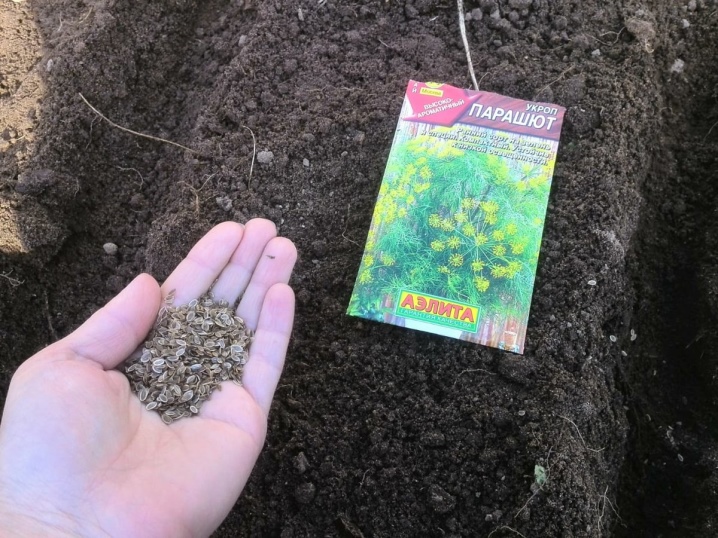
Selection and preparation of seeds
Since dill grains contain essential oils that significantly slow down the germination process, they must be processed before planting. The simplest method involves soaking in hot water. To do this, the seeds are first placed in a small tissue bag, after which it is immersed in a container filled with warm liquid. In this position, the seed should stay for about a day, but for this, the water will have to be changed every 4 hours. Some gardeners prefer two or three days of keeping the material in wet gauze, folded several times.
Bubbling is considered quite effective, but this method still requires the use of a special device, or an aquarium compressor. In order to subject the grains to treatment with air currents, you will need to pour them into a glass container, for example, a jar, and fill them with warm liquid, after which it will be possible to activate the air supply. Again, you can use a cloth bag, which is much more convenient to submerge in water. The bubbling of the seed continues for 24 hours with the obligatory water change from 4 to 6 times.
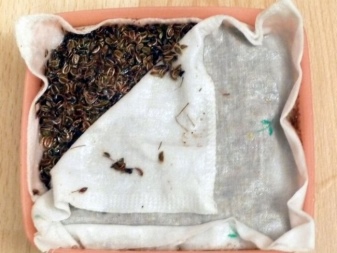
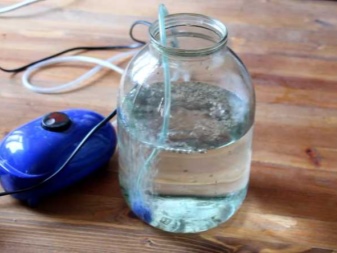
In the absence of extra time, it will be sufficient to rinse the grains in water heated to 60 degrees. For the convenience of interacting with small specimens, you will need to use a sieve with small holes or a roll of gauze. After the performed procedures, the seeds must be dried for about 10-15 minutes in order to become crumbly, but not dry out.
As for the choice of material, it can be purchased from a specialized online or offline store. Of course, it is not forbidden to use personally collected planting material. When choosing a variety, one should take into account the yield, germination and resistance to temperature extremes of a particular variety. For example, you can take the early ripening "Grenadier", the mid-season "Lesnogorodsky" or "Kibray", which ripens quite late.
For germination, the processed seeds will be enough to leave for several days in wet gauze, folded in several layers and laid out on a plate. Maintaining room temperature will be important.
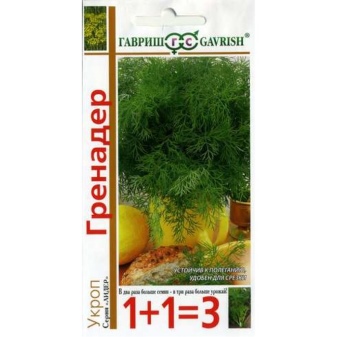
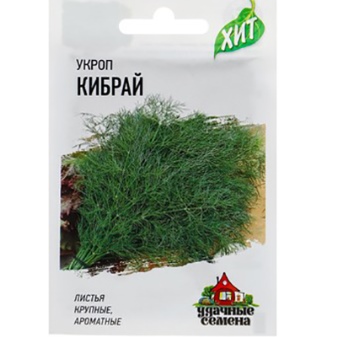
Where can you plant?
Despite the fact that dill is an unpretentious crop, the plant still has some requirements for the planting site. It is better to plant greens in the sun, away from places where melt water accumulates or ground water lies near. A plant placed in the shade under the crowns of trees or near a house with a large roof will stretch a lot, which will negatively affect its taste. Ideal crop neighbors are a range of vegetables such as cabbage and cucumbers, as well as beans, onions and strawberries. It is important that the inhabitants of the same garden belong to different families, and therefore do not share diseases and pests. In addition, you will have to observe so that high plantings do not obscure the light-loving dill.
Tomatoes, carrots and basil are definitely not suitable as neighbors for the culture. Suitable precursors for greens include cucumber, potatoes, cabbage, beets and legumes. If the garden bed is susceptible to frequent attacks by aphids, then first it is better to plant it with an onion that repels the pest, and the next year it is already better to return to dill. After healthy greens, it is advised to plant peppers, peas, potatoes and even melons with nightshades in the garden.
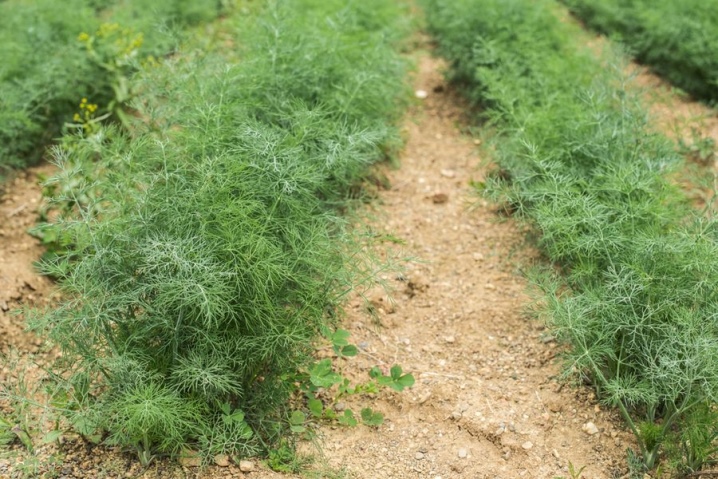
Soil requirements
Dill requires loose nutritious soil with a neutral acidity level and good air and water permeability. The culture will not be able to develop on acidic soils, as well as in the case of stagnant liquid, however, ash or lime should be introduced much earlier than planting, otherwise the green mass will turn red. In principle, it is customary to prepare the garden bed either in the previous fall, or in the spring, but 2-4 weeks before planting. At this stage, the soil is dug up along with fertilizers. You can use humus or compost in the amount of 0.5-1 buckets per square meter. Basic mineral combinations are also suitable: a tablespoon of superphosphate, potassium sulfate or urea for each square meter.
Many gardeners prefer to apply complex fertilizers - for example, nitroammofosk, which contains equal proportions of nitrogen, potassium and phosphorus.
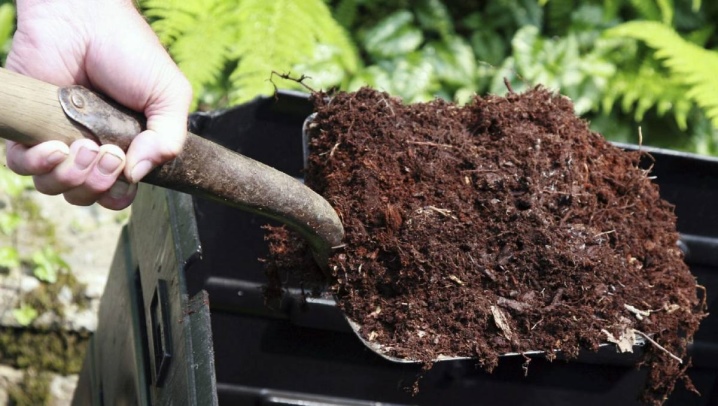
Sowing technology in open ground
It is impossible to properly sow dill in the garden without maintaining a sufficient distance between the grains - about 1-2 centimeters. If the seedlings turn out to be too fast, then soon they will fight for lighting, stretch out. In addition, there is a high probability of the appearance of an arrow, which negatively affects the taste of greens. A carpet planting scheme is quite suitable for a plant, according to which the grains are evenly distributed over the loosened surface, covered with a rake and abundantly watered. When planting in rows with a wooden stick, lines are drawn with a depth of 2 centimeters. The gap between them reaches 20 centimeters. The resulting depressions are well watered, filled with seed and covered with dry earth.
To get a good harvest, you will have to water the prepared place a couple of days before planting. On the garden bed, it will be necessary to make grooves 5 centimeters wide, in which the distribution of material will be carried out not in a straight line, but in a zigzag pattern, so that each plant has enough space for development. Each grain will also have to be put in its own miniature hole 1 to 2 centimeters deep. The bed is sealed with a thin layer of soil or mulch about 1.5 centimeters thick, and the first watering is carried out only after 3 days, and the moisture is directed exclusively to the aisles. Covering the beds with foil or agrofibre will also help.
In order for bush dill to grow quickly, it must first be brought to the state of seedlings at home - for example, in cassettes, and then transplanted into open ground.
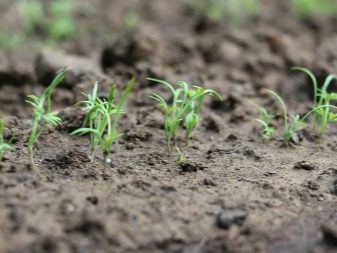
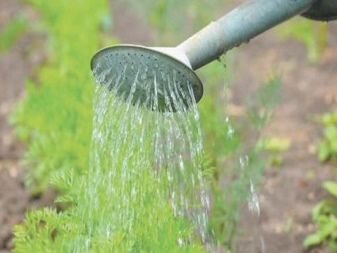
The nuances of planting in a greenhouse
The presence of a greenhouse made of cellular polycarbonate in the country makes it possible to harvest greenery for almost a whole year. Of course, an important condition for this is the presence of special lighting lamps and a heating system, or infrared heaters. If the structure is unheated, then it will simply be possible to collect the dill early - in April or May.
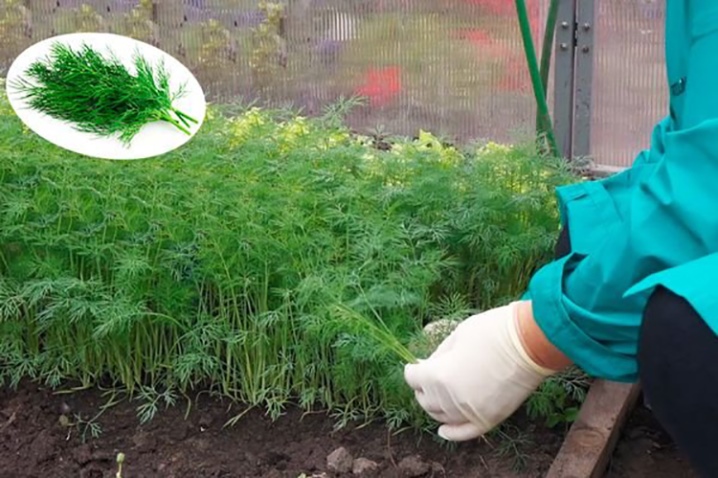
Into the heated
A heated greenhouse is suitable for growing dill if the temperature in it is maintained at 15-20 degrees, even in winter, and the lamps provide 10 hours of daylight. Usually such expensive buildings are erected for industrial cultivation of crops. For cultivation, it is better to use varieties that are not very sensitive to insufficient lighting. So, these include Grenadier, Almaz, Amazon and Kutuzovsky. According to the rules, the seeds for planting should be prepared in the same way as for open ground.
Despite the presence of a heater, you should not place the beds on the ground - the plants will quickly freeze. Experts recommend building racks for this purpose, on which boxes with soil can be fixed. Since the culture has a rather long root system, the height of the container needs to be made more than 30 centimeters, also not forgetting about the drainage holes. The container is filled with a mixture of soil and peat in a ratio of 3: 1. It is better to fertilize the soil with mineral fertilizing, the amount of which depends on the size of the boxes. So, for each square meter of land, you will need 14-20 grams of urea, the same amount of potassium salt and approximately 20-30 grams of superphosphate.


Before planting, grooves are formed on the surface at a distance of 15-20 centimeters from each other. The depth of the grooves is 1.5-2 centimeters. The land is irrigated, and seeds are placed in the grooves, the distance between which reaches 2-3 centimeters. Everything is covered with earth, after which it will be sufficient to simply keep the soil moist for some time.
When the seedlings stretch up to 3-5 centimeters, they will need to be thinned so that the free space between individual specimens increases to 5-10 centimeters.
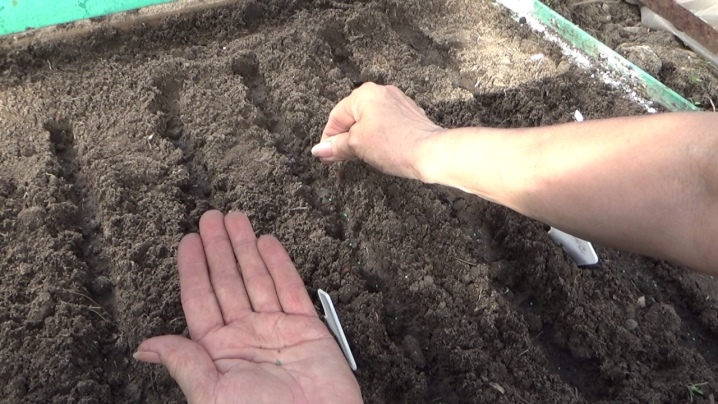
Into unheated
In an unheated greenhouse, dill is planted in the fall. In protected conditions, the crop can easily endure winter, and next spring it yields from mid-April. Planting of seed is carried out directly into the ground, by analogy with street beds. If the winter was snowy, and moisture came in through the ground, then nothing would have to be done until spring, otherwise it makes sense to throw snow inside on your own.
The main condition for growing crops in such a greenhouse is the constant maintenance of soil moisture.














The comment was sent successfully.